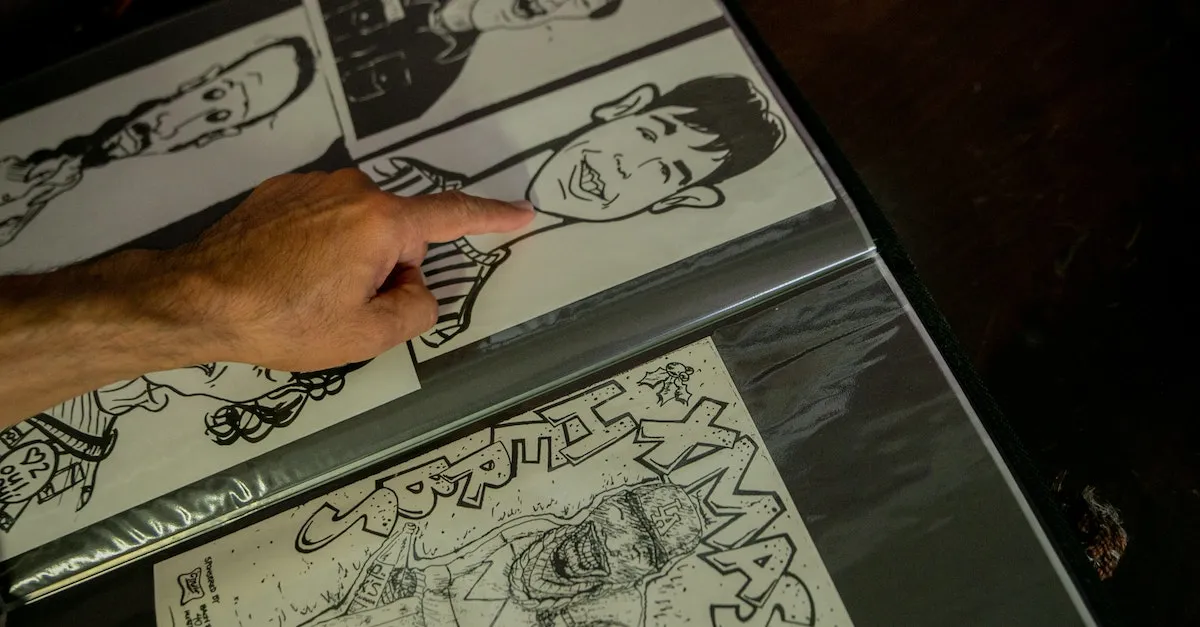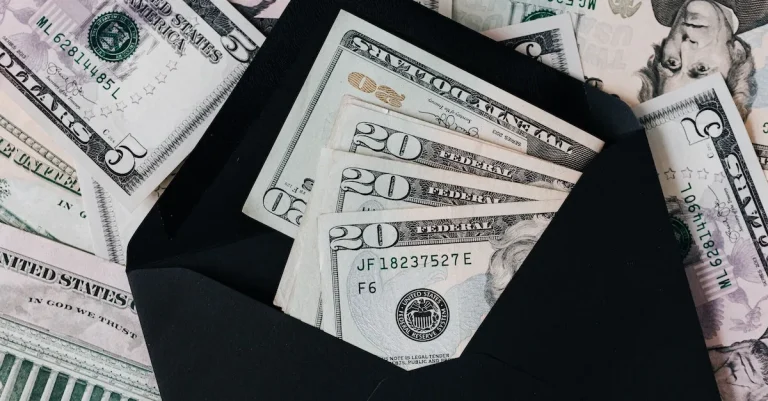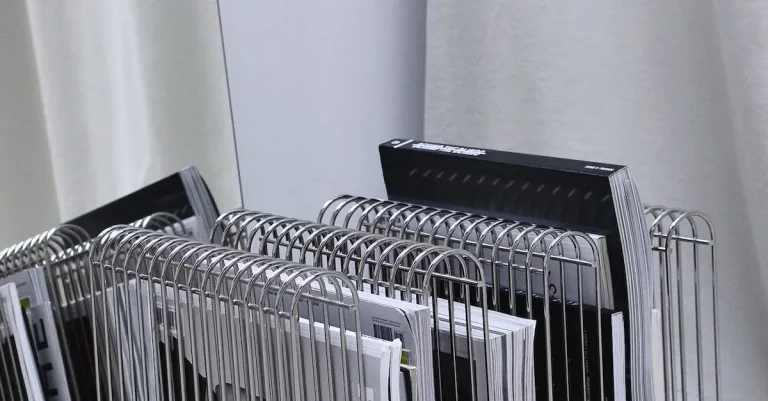The Best New Yorker Cartoons
Cartoons have been a staple of The New Yorker magazine since its inception in 1925. Known for their wit, humor, satire, and artistic style, New Yorker cartoons have become iconic representations of life in New York City and American culture. If you’re looking for a laugh or want to appreciate some brilliant illustrative work, read on to discover some of the best New Yorker cartoons of all time.
If you’re short on time, here’s a quick answer to your question: Some of the best and most iconic New Yorker cartoons include classics by Charles Addams, Peter Arno, Roz Chast, and George Booth. Their cartoons typify cleverness, urbanity, and the New Yorker’s signature sophistication.
Cartoons by Charles Addams
Charles Addams was a highly influential cartoonist known for his dark and macabre style. His cartoons, which were published in The New Yorker magazine from the 1930s to the 1980s, captivated readers with their unique blend of humor and the macabre.
Addams’ distinctive style featured eccentric characters, twisted humor, and a touch of the bizarre.
His macabre style
Addams’ cartoons often depicted scenes that were both humorous and slightly unsettling. His characters were usually ghoulish and macabre, but they also had a certain charm that made them endearing to readers.
Whether it was a group of skeletons playing cards, a vampire couple enjoying a moonlit stroll, or a haunted house filled with eccentric inhabitants, Addams’ cartoons had a way of making people laugh while also giving them a slight chill.
The combination of Addams’ macabre style and his clever wit made his cartoons stand out from the rest. His ability to find humor in the dark corners of life was unparalleled, and his cartoons often touched on themes such as mortality, the supernatural, and the absurdity of everyday life.
Inspiration for The Addams Family
One of Addams’ most iconic creations is The Addams Family, a fictional household of macabre characters that first appeared in his cartoons. The success of The Addams Family cartoons eventually led to a television series, movies, and even a Broadway musical.
The quirky and lovable characters, including Gomez, Morticia, Wednesday, and Uncle Fester, became household names and have remained popular to this day.
Many people may not realize that The Addams Family was actually inspired by Addams’ own unique sense of humor and the characters he created in his cartoons. The dark and eccentric world of The Addams Family was a reflection of Addams’ own imagination, and his cartoons provided the foundation for the beloved characters that we know today.
Lasting cultural impact
Charles Addams’ cartoons have had a lasting cultural impact, influencing not only the world of cartoons and humor but also popular culture as a whole. The Addams Family, in particular, has become an iconic part of American pop culture, with its unique blend of dark humor and quirky characters.
Addams’ cartoons continue to be celebrated and admired by fans and artists alike. His work has been exhibited in galleries and museums around the world, and his influence can be seen in the work of many contemporary cartoonists.
Addams’ ability to find humor in the macabre and his unique artistic style have made him a legend in the world of cartoons.
If you’re interested in exploring more of Charles Addams’ cartoons, you can visit The New Yorker website, where many of his iconic works are still available to enjoy.
Peter Arno’s Monied Socialites
Peter Arno, a renowned cartoonist, has left an indelible mark on the world of New Yorker cartoons with his iconic illustrations of monied socialites. Arno’s satirical take on the upper class has entertained readers for decades, poking fun at their extravagant lifestyles, quirks, and idiosyncrasies.
Satirical take on the upper class
Arno’s cartoons offer a sharp and humorous critique of the upper class, exposing the absurdity and pretentiousness that often accompany wealth and privilege. Through his illustrations, Arno highlights the contradictions and follies of the elite, providing a refreshing perspective on a world that can sometimes seem untouchable.
With a keen eye for detail, Arno captures the essence of his subjects, depicting them in extravagant settings, surrounded by opulence and luxury. His cartoons often feature aristocratic characters engaging in humorous situations, offering a satirical commentary on the excesses of the upper class.
Whimsical and exaggerated illustrations
Arno’s illustrations are whimsical and exaggerated, adding an element of playfulness to his work. His distinctive style, characterized by bold lines and exaggerated facial expressions, brings his characters to life and enhances the humor in his cartoons.
Whether it’s a society party gone awry or a humorous take on the latest fashion trends, Arno’s illustrations never fail to elicit a smile or a chuckle from readers. His ability to capture the essence of a situation with just a few strokes of his pen is truly remarkable.
Witty wordplay in captions
One of the hallmarks of Arno’s cartoons is the witty wordplay in his captions. Arno had a knack for crafting clever and humorous captions that perfectly complemented his illustrations, adding an extra layer of humor to his work.
His captions often contain double entendres, puns, and clever wordplay, showcasing Arno’s mastery of language. These captions are an integral part of Arno’s cartoons, providing additional context and enhancing the comedic effect of his illustrations.
Arno’s ability to combine his whimsical illustrations with witty wordplay in his captions is what truly sets his work apart and makes it so beloved by readers of The New Yorker.
Roz Chast’s Neurotic Scenes
Roz Chast is a renowned cartoonist whose work is characterized by her neurotic scenes. Her cartoons often depict anxiety-ridden characters, capturing the everyday worries and fears that many people can relate to.
With her unique style and wit, Chast brings these neurotic scenes to life, offering a humorous take on the anxieties of modern life.
Anxiety-ridden characters
In Chast’s cartoons, you will often find characters who are grappling with various anxieties. From the fear of social interaction to the worry of making a mistake, Chast’s characters embody the neuroses that many people experience.
These relatable depictions not only provide a sense of comfort to readers but also serve as a reminder that they are not alone in their anxious thoughts and feelings.
Urban awkwardness and absurdity
One of the hallmarks of Chast’s work is her ability to capture the urban awkwardness and absurdity of everyday life. Her cartoons often depict scenes of crowded subways, chaotic city streets, and quirky interactions between characters.
Through her keen observations, Chast brings to light the humorous and sometimes bizarre situations that can arise in urban environments, inviting readers to laugh at the absurdity of it all.
Relatable humor
Chast’s cartoons are known for their relatable humor. She has a knack for finding humor in the mundane, turning everyday situations into comedic gold. Whether it’s poking fun at the quirks of technology or highlighting the absurdities of modern parenting, Chast’s cartoons strike a chord with readers who can’t help but chuckle at the familiar scenarios she presents.
For more information and to enjoy some of Roz Chast’s neurotic scenes, you can visit her official website https://rozchast.com/. Prepare to be entertained and perhaps see a bit of yourself in her neurotic characters!
George Booth’s Quirky Everyday Moments
When it comes to capturing the humor in everyday life, few cartoonists can match the wit and charm of George Booth. Known for his offbeat and eccentric style, Booth has delighted readers of The New Yorker for decades.
His cartoons offer a unique perspective on the quirks and idiosyncrasies of daily life, showcasing his talent for finding humor in the mundane.
Oddball observations of daily life
One of the hallmarks of George Booth’s cartoons is his ability to highlight the oddball moments that occur in our everyday lives. From a cat chasing its tail to a person juggling groceries, Booth’s keen eye for detail brings these humorous scenarios to life.
His cartoons often depict relatable situations with a twist, leaving readers chuckling and nodding in recognition.
Dogs as prominent characters
If there’s one thing that stands out in George Booth’s cartoons, it’s his fondness for dogs. Dogs take center stage in many of Booth’s illustrations, often portrayed as mischievous, loyal, or simply bewildered by the world around them.
Whether it’s a dog stealing a sandwich or getting tangled in their owner’s knitting, these canine characters add an extra layer of charm to Booth’s work.
Minimalist crosshatch style
Booth’s distinctive artistic style is characterized by its minimalist crosshatch technique. Using a combination of fine lines and intricate details, Booth creates a sense of depth and texture in his illustrations.
This unique approach adds to the overall quirkiness of his cartoons and enhances the humor in his depictions of everyday life. It’s no wonder that his style has become instantly recognizable and beloved by fans of The New Yorker.
George Booth’s cartoons continue to captivate readers with their whimsical take on the world. His ability to find humor in the everyday is a testament to his talent and creativity. With his oddball observations, lovable dogs, and minimalist crosshatch style, Booth’s cartoons are truly a delight to behold.
Conclusion
For over 95 years, New Yorker cartoons have captured the essence of life in the city while appealing to the humorous sensibilities of readers everywhere. Charles Addams, Peter Arno, Roz Chast, and George Booth represent some of the most iconic New Yorker cartoonists, but many other talented artists have graced its pages. If you want a good laugh and appreciate artistic wit, perusing the best New Yorker cartoons is sure to brighten your day.








